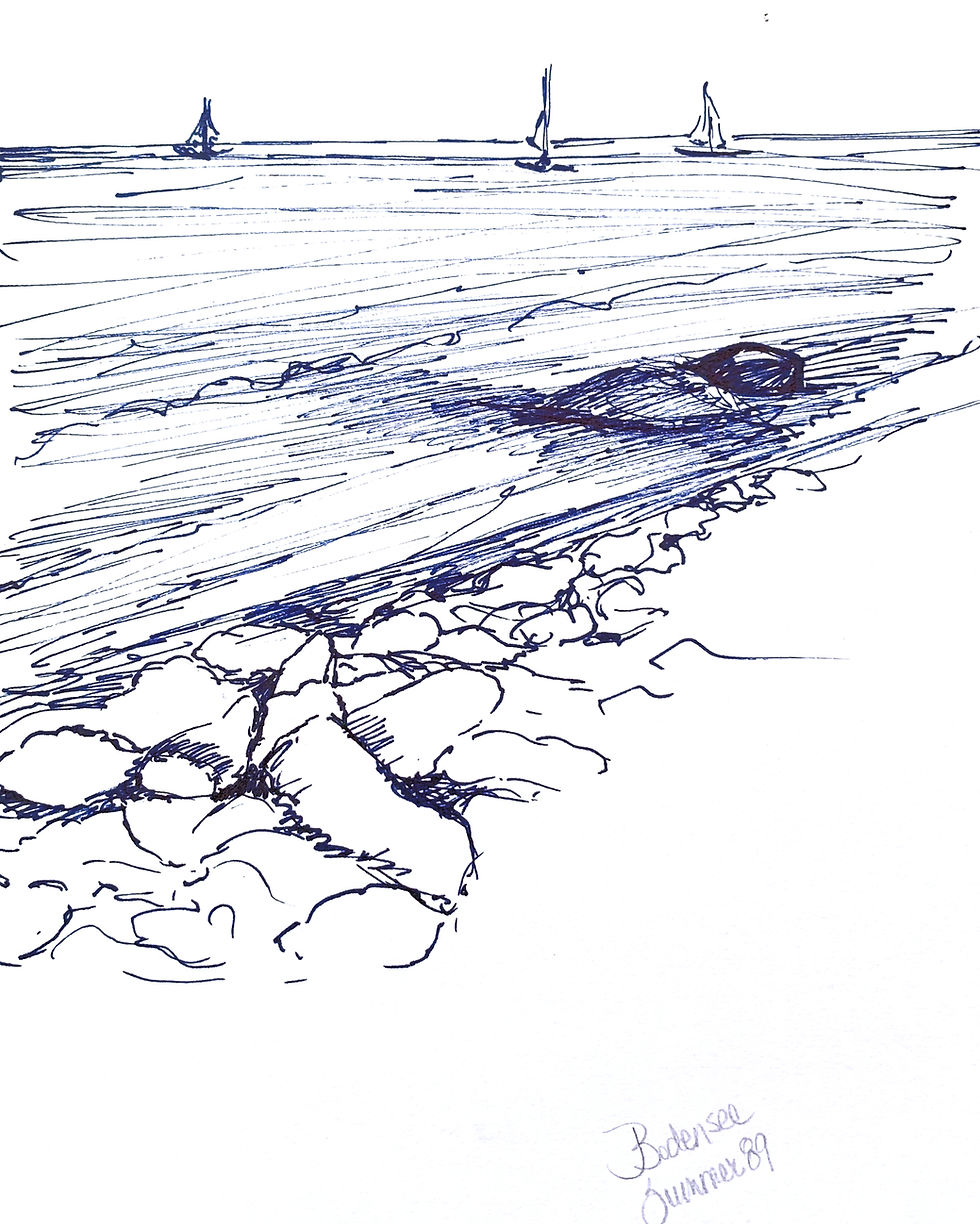March 11, Day #71 - Can't See ... or Won't See?
- Dr. Eric Stricker

- Mar 10, 2024
- 3 min read

Leviticus 21-22 begin with God’s revelations about His particular rules for the priesthood. These regulations include maintaining ceremonial cleanliness regarding the death of relatives. A priest could become unclean for the death of a close family member (i.e., mother, father, brother, son, or daughter, etc., cf., verses 1-2). They were not to shave their heads or the edges of their beards “because they present the offerings made to the LORD by fire” (verses 5-6). Certain spousal regulations applied to priests, as well as regulations that related to physical defects – any man in the line of Aaron who might have a defect would not be allowed to serve at the altar. This requirement was similar to that for animal offerings – animals had to be spotless – and the priests who offered them likewise had to be physically worthy of service. In Leviticus 22, we see that the sacred offerings had to be treated with the same “respect” (verse 2). The priests “are to keep my requirements so that they do not become guilty and die for treating them with contempt” (verse 9), which also says, “I am the LORD Who makes them holy.” We must understand that a “lack of respect” can be understood as “contempt,” which includes attitudes like defiance, disdain, and disregard. In other words, holiness comes from God, and a disregard for holiness is contemptuous. In verses 17-33, God provides a list of unacceptable sacrifices – the right animals without defect for the right sacrifices – “not blind, not blemished, not injured, not maimed, without warts or sores” (verses 17-25). “Do not profane my holy name” (verse 32). These chapters have a lot to say to our culture today, and their principles and attitudes have never been rescinded.
Psalm 31:19-24 extolls the “goodness of God for those who fear Him; He bestows and manifests His goodness in their sight” (verse 19). It is amazing to me how the sight of post-modern man refuses to see God’s goodness - which is all around us. It is not a question of eyes that cannot see. Their eyes refuse to see. In verse 19, David reminds us that God hears our “cry for mercy” when we call to Him “for help.” I am thankful for all that God is and does. I recognize that God is sovereign, and therefore, He is absolutely under no obligation whatsoever to His creation for anything. Of course, as a creature, I am obligated to Him, but as a result of my offenses against Him, I find myself in the worst kind of dilemma. I am fully incapable of directing myself (cf., Jeremiah 10:23). To carry on, I need a God Who is merciful - One Who withholds from me what I deserve (i.e., the punishment for my sins), and One Who grants me what I don’t deserve (i.e., forgiveness for my sins). In all the universe, where can I go to find such a One? Only in our loving God, Who loves His whole creation. He sees and understands our awful dilemma. What if He refused to see? Thankfully, because of His lovingkindness, God not only sees our need, but He also hears our cry and extends His mercy and grace to us. Apart from these, we would be consumed (cf., Lamentations 3:22).
In Mark 15:1-32 we encounter Jesus before Pilate. The mock trial that we read about yesterday has now shifted from the chief priests, elders, teachers of the law, and the Sanhedrin to the governor, before whom, Jesus made no reply – to Pilate’s amazement (verse 5). Pilate is such a weak leader. Although all responsibility for the disposition of this case rests entirely with him, he asks the crowd, “What shall I do?” (verse 12). Pilate knows what he should do, but his desire “to please the crowd” (verse 13) overrules his knowledge of the truth (i.e., of right and wrong). Clearly, he is not interested in doing what is right, and everything he ends up doing is wrong. He releases Barabbas and turns Jesus over to the soldiers who “struck Him, spit on Him, mocked Him, and” eventually, “crucified Him” (verses 19-32). Pilate is a classic illustration of someone who refuses to see.




Comments